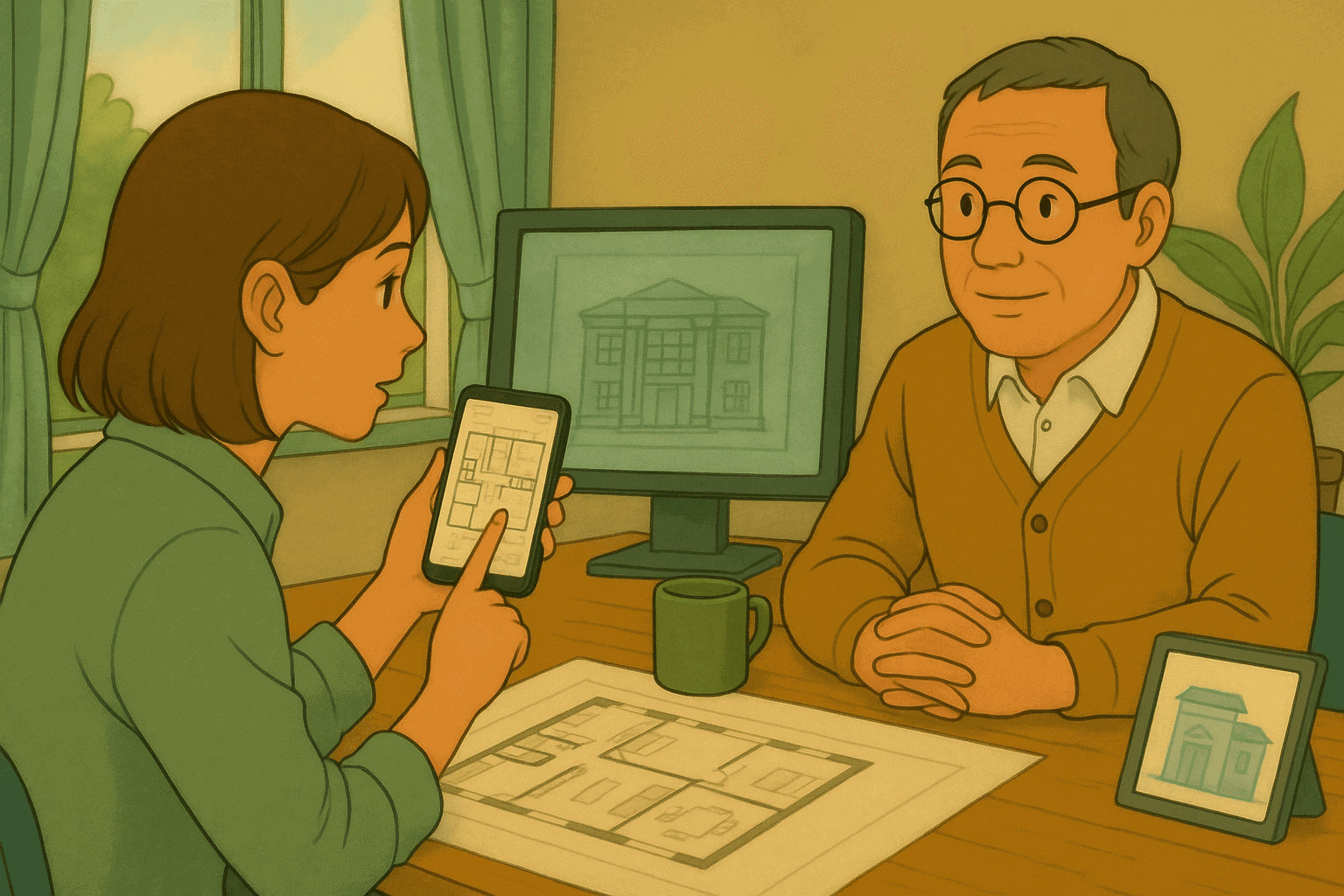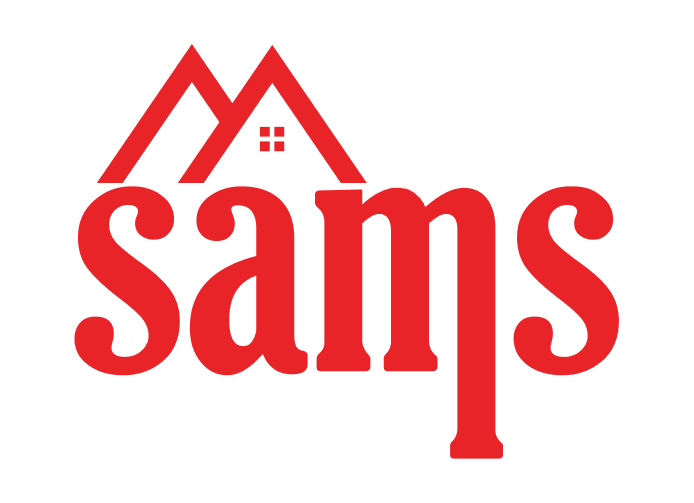How to Scale Your Architecture Practice Without Losing Quality

Introduction
Growth is exciting for any architecture studio — more clients,
bigger projects, and a stronger reputation.
But scaling your
practice comes with a hidden risk: losing control over quality.
Design
errors, missed deadlines, poor communication, and frustrated
clients often start to creep in when things expand too fast,
without the right systems in place.
In this blog, we'll
explore how to scale your architecture or interior design firm the
smart way — without compromising the quality that got you here.
The Common Scaling Mistakes
Before we jump into solutions, let's look at what causes quality to drop as studios grow:
- Lack of process: Everything's done manually and varies from person to person
- Too much dependence on key team members
- No visibility on who's doing what
- Client communication gets messy
- Drawings get delayed or revised multiple times
These issues damage your brand and leave your team burned out.
Step-by-Step Guide to Scaling Without Compromising Quality
1. Standardize Internal Processes
As you scale, you must document and repeat what works:
- Drawing review workflows
- Task delegation structure
- Design approval stages
- Site meeting documentation
Use tools like SAMS to automate and replicate these processes
across projects.
✅ Standardization = repeatable quality
2. Use a Centralized Project Management Tool
Growing studios often juggle:
- Google Sheets
- Paper notes
- Verbal updates
This creates chaos. With SAMS, you get:
- Central task and drawing management
- Team tracking and accountability
- Timelines and project health dashboards
- A unified space for client and internal communication
3. Track Time to Identify Resource Gaps
As project count increases, resource planning becomes crucial.
Use
time tracking to:
- Know how long each task/stage actually takes
- Identify overworked team members
- Avoid project bottlenecks
⏱️ Time tracking ensures you don't compromise quality in the rush to deliver.
4. Assign Clear Responsibilities
Scaling means more people. More people mean more chances for
confusion.
With SAMS:
- Every task has an owner
- Delays are visible in real-time
- You avoid finger-pointing and missed drawings
🎯 Clear ownership = fewer mistakes and faster corrections
5. Improve Client Communication Without Being on WhatsApp 24/7
Clients expect professionalism. As you grow, relying on informal
chats can backfire.
With SAMS, your clients:
- Log in to see live progress
- Approve/reject layouts in-platform
- Receive structured updates
- Never feel left out
💬 Organized communication means fewer errors and more trust.
Real Studio Example
A 6-member firm scaled to 18 members in 8 months after
implementing SAMS.
Results:
- Drawing errors reduced by 40%
- Team productivity up by 35%
- Clients started referring more projects due to transparency and smooth delivery
The studio didn't hire more people — they just got more efficient and structured.
Conclusion
Scaling your architecture practice doesn't mean giving up control
— it means building the systems to delegate better, deliver
faster, and stay consistent.
Your creative vision deserves to
grow — without getting buried under mismanagement.
💡 Ready to grow your design firm without sacrificing quality?
Try SAMS – the management tool trusted by 100+ architectural
studios.
Frequently Asked Questions (FAQs)
A: Standardize workflows and use tools like SAMS to create a quality control loop: assign tasks, set reviews, and track each drawing's status.
A: Change is tough at first, but most teams adapt within a few weeks. The clarity and reduction in follow-ups usually win them over quickly.
A: Yes. SAMS is designed to help architecture studios manage dozens of projects with complete task, team, time, and communication visibility.
A: Use systems to handle admin, coordination, and tracking — so you can focus on high-level design and client interactions.
A: Not at all. SAMS is built for growing studios — whether you're a team of 4 or 40 — and scales with you.

Client Communication in Design Projects: Why Structured Tools Win Over WhatsApp
How Time Tracking Can Help Architects Understand Project Profitability

Creating Accountability in Architecture Teams: Systems That Actually Work
© 2022-2025 | SAMS | All Rights Reserved

